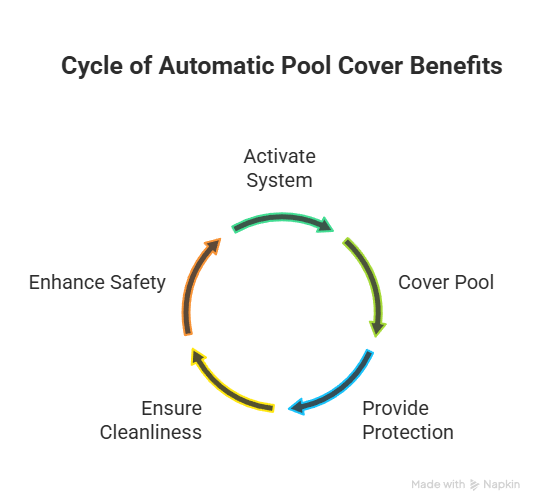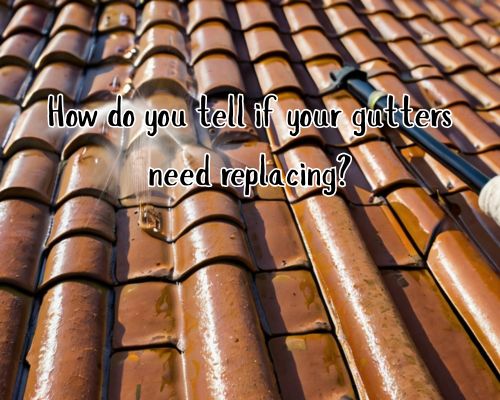Creating a Cozy and Inviting Rustic Style HomeCreating a Cozy and Inviting Rustic Style Home

Rustic style homes embrace warmth, natural textures, and timeless charm. With an emphasis on raw materials, earthy tones, and handcrafted furniture, this design aesthetic creates a cozy and welcoming atmosphere. Whether you’re decorating a farmhouse-inspired space or adding rustic touches to a modern home, incorporating key pieces like a rustic side table and a rustic bench can enhance the overall look.
The Essence of Rustic Style
Rustic design is all about celebrating natural beauty and simplicity. It often features elements such as:
- Natural materials – Wood, stone, metal, and leather define the rustic aesthetic. Reclaimed wood furniture and distressed finishes add character and authenticity.
- Earthy color palette – Warm neutrals, deep browns, rich greens, and muted blues create a cozy and organic feel.
- Handcrafted details – Rustic homes embrace craftsmanship, with furniture and décor often featuring handcrafted details, visible wood grains, and raw edges.
- Vintage and weathered finishes – A slightly aged or distressed look adds depth and charm to rustic interiors.
This style blends well with other design approaches, such as farmhouse, industrial, and modern rustic, making it a versatile choice for any home.
Rustic Side Tables: Small but Impactful
A rustic side table is a simple yet effective way to add rustic charm to any room. These small furniture pieces are both functional and stylish, offering a place to set drinks, books, or decorative items.
Rustic side tables come in a variety of styles, including:
- Reclaimed wood side tables – Made from salvaged wood, these tables showcase natural imperfections like knots and grain patterns, adding authenticity to your space.
- Live-edge side tables – Featuring raw, uncut edges that preserve the natural shape of the wood, these tables bring an organic and artistic touch.
- Metal and wood combinations – Side tables with wrought iron or black metal legs paired with wooden tops create a rustic-industrial look.
Whether placed beside a sofa, armchair, or bed, a rustic side table complements the overall aesthetic while serving as a practical surface for everyday use.
Rustic Benches: Functional and Stylish Seating
A rustic bench is another essential piece for a rustic home, offering both seating and decorative appeal. Benches are incredibly versatile and can be used in multiple areas, such as:
- Entryway – A rustic bench by the front door provides a convenient spot to sit while putting on shoes, while also setting the tone for the home’s décor.
- Dining area – Instead of traditional chairs, a rustic wooden bench adds warmth and casual charm to a dining table.
- Living room – A bench can serve as additional seating, a display surface, or even a coffee table alternative.
- Outdoor spaces – A weathered wood or log-style bench fits beautifully in gardens, patios, or porches.
For added comfort and style, pair rustic benches with cozy cushions, faux fur throws, or woven blankets.
Bringing It All Together
To create a cohesive rustic home, consider blending rustic furniture pieces with complementary elements such as exposed wooden beams, stone fireplaces, woven textiles, and vintage accessories. Rustic side tables and benches can act as accent pieces that enhance the overall theme while adding warmth and functionality.
Final Thoughts
Rustic style homes celebrate nature, craftsmanship, and timeless beauty. By incorporating key pieces like a rustic side table and a rustic bench, you can add charm, warmth, and practicality to your space. Whether you’re going for a full rustic transformation or simply adding rustic touches, these furniture pieces help create a cozy and inviting home. Wondering where to get rustic style furniture for your home? Visit https://gabby.com/ and start building your cozy, rustic, stylish home.


 Understanding the Importance of Fixing a Leaking Pipe
Understanding the Importance of Fixing a Leaking Pipe What is the Average Cost to Fix a Leaking Pipe in Warragul?
What is the Average Cost to Fix a Leaking Pipe in Warragul? Factors That Influence Pipe Repair Costs
Factors That Influence Pipe Repair Costs Repair Methods Used by Local Plumbers
Repair Methods Used by Local Plumbers Additional Costs to Be Aware Of
Additional Costs to Be Aware Of Why Hire a Licensed Local Plumber in Warragul?
Why Hire a Licensed Local Plumber in Warragul? Tips for Reducing Leaking Pipe Repair Costs
Tips for Reducing Leaking Pipe Repair Costs Local Plumbing Resources in Warragul
Local Plumbing Resources in Warragul Final Thoughts
Final Thoughts
 Why West Palm Beach Is Prime Real Estate for a Gutter Business
Why West Palm Beach Is Prime Real Estate for a Gutter Business The Profit Potential: Revenue vs. Operating Costs
The Profit Potential: Revenue vs. Operating Costs Local SEO and Marketing: The Profit Multiplier
Local SEO and Marketing: The Profit Multiplier Comparing Gutter Business Profitability to Other Trades
Comparing Gutter Business Profitability to Other Trades Legal & Regulatory Considerations in Palm Beach County
Legal & Regulatory Considerations in Palm Beach County How to Maximize Profitability: Expert Tips
How to Maximize Profitability: Expert Tips Quick Takeaways for Success in West Palm Beach
Quick Takeaways for Success in West Palm Beach



 What Is a “Square” in Roofing Terms?
What Is a “Square” in Roofing Terms? Roofing in New Jersey: Key Factors That Affect Daily Output
Roofing in New Jersey: Key Factors That Affect Daily Output Why Daily Square Output Matters for Homeowners
Why Daily Square Output Matters for Homeowners Estimating Project Time: Sample Scenarios
Estimating Project Time: Sample Scenarios Estimated Time: 1.5–2 days
Estimated Time: 1.5–2 days How to Choose the Right Roofer in New Jersey
How to Choose the Right Roofer in New Jersey “How many squares can your crew handle per day — on my roof?”
“How many squares can your crew handle per day — on my roof?”
